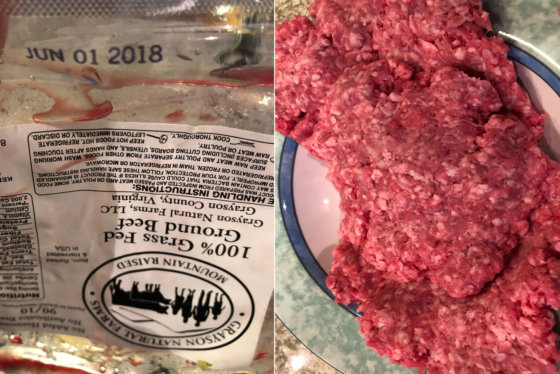Americans have struggled with the many food labels and their meanings for years. Sell by, best by and best if used by — what are the differences?
Now, the Food and Drug Administration wants to make it a little easier. In a new guidance issued Thursday, it urged the industry to streamline food labels into one standard one: Best if used by.
The confusion over the various labels is contributing to Americans tossing out $161 billion worth of food each year, the FDA says. That’s about 20% of consumer food waste in homes.
“That’s not surprising when you consider the variety of terms used with date labels, such as use before, sell by, expires on and many more,” it said in a statement.
A “best if used by” label on packaged food will help if the date is simply related to optimal quality — not safety.
“Studies have shown that this best conveys to consumers that these products do not have to be discarded after the date if they are stored properly,” the FDA says.
It said it hopes that over time, the number of various date labels will be reduced as the industry adopts the “best if used by” label.
Why companies use date labels
Manufacturers apply date labels at their own discretion for various reasons.
“The most common is to inform consumers and retailers of the date up to which they can expect the food to retain its desired quality and flavor. The key exception to this general rule is for infant formula products. These products are required to bear a “Use By” date, up to which the manufacturer has confirmed that the product contains no less than a minimum amount of each nutrient identified on the product label, and that the product will be of an acceptable quality,” the FDA says.
While “best if used by” labels relate to the quality of the product, predicting when a food is not good enough to eat is not an exact science.
Consumers should routinely examine foods in their kitchen cabinets or pantry that are past their “best if used by” date to determine whether it’s good enough to use. If the products have changed color, consistency or texture, consumers should avoid eating them, the FDA says.








